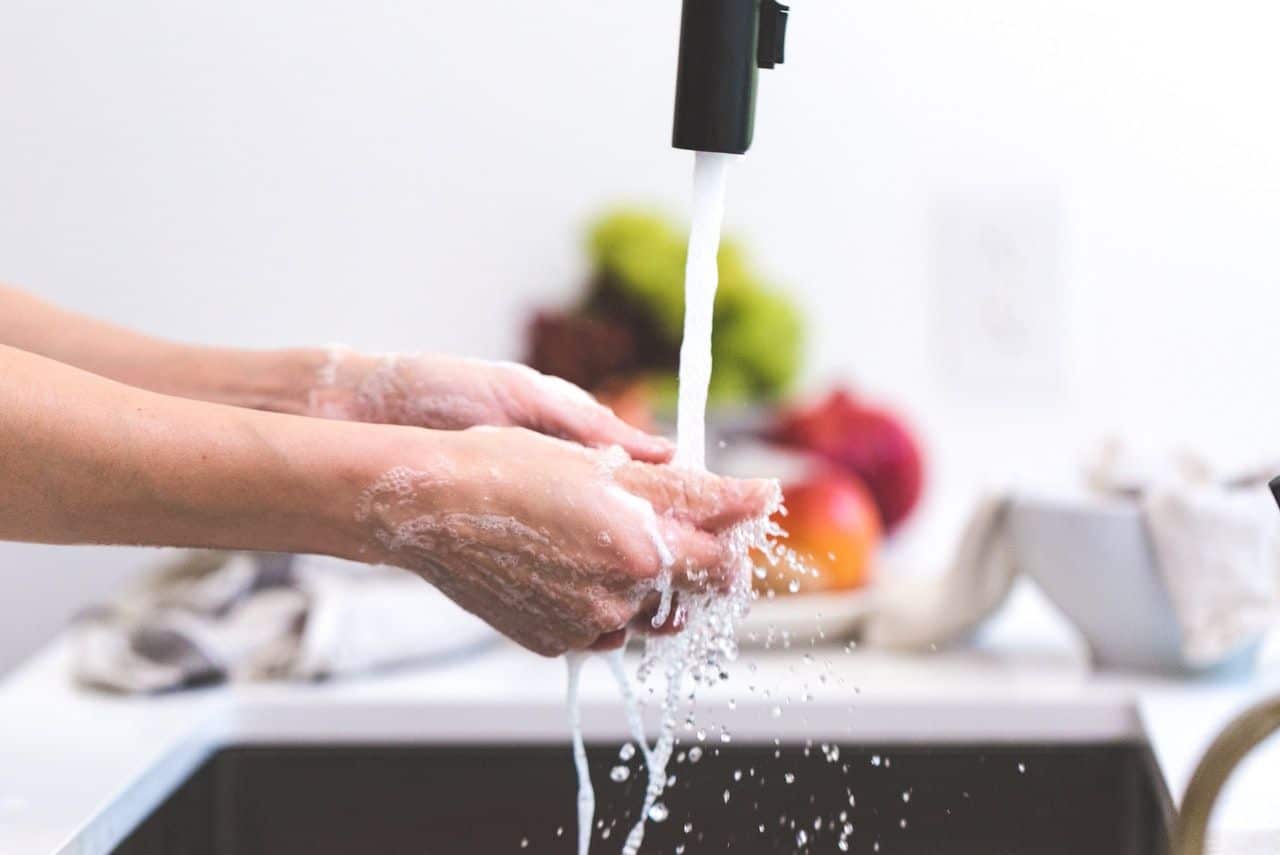Over the past 12 months, hand hygiene has come to the forefront of everyone’s mind. The CDC and WHO have been strongly recommending hand hygiene in response to the COVID-19 pandemic. Proper hand hygiene goes beyond simply washing your hands. What is really involved in “proper hand hygiene”? To answer that, let’s start from the beginning.
History of hand hygiene
Practicing proper hand is a simple, yet most effective way to prevent and control the spread of infections. In fact, the link between handwashing and the spread of disease has been known for many decades with the first breakthrough in the 19th century by a Hungarian physician Ignaz Semmelweis. He is often called the “father of hand hygiene” as he discovered how the basic practice of handwashing stopped the spread of infection in a Vienna hospital’s maternity ward.1 Since then, his findings have proven to be the fundamental practice across the healthcare field to stop the spread of disease. Thus, the simple act of washing hands became the epitome of infection control.
Putting an old lesson in practice
Proper hand hygiene practices are a significant part of infection control. According to CDC and several studies, the use of alcohol-based hand rub (ABHR) or handwashing serves as a critical infection control response against pathogens, especially against SARS-CoV-2, the virus causing COVID-19.2,3
The two main methods recommended by CDC and WHO are: (1) washing your hands with soap and water for at least 20 seconds and (2) using alcohol-based hand sanitizers.
Knowing that hand hygiene is key in controlling the spread of germs, there is an opportunity to ensure that all high-traffic areas are enabled with effective hand hygiene measures. However, hand hygiene is only as good as our “third hand”, the living Petri dish in our pockets, cell phones and mobile devices.
Improving infection control beyond handwashing
While practicing hand hygiene is key to disease spread prevention, it is important to realize that infection, spreads through a phenomenon called, chain of infection. Microbes can still linger in the environment of commonly touched items like phones, tablets, or keys if they are not disinfected correctly.
Reports indicate that about 5-21% of mobile phones are contaminated and therefore can be a significant source for microorganisms that lead to infections.4 A wide range of pathogenic bacteria that can be found on mobile devices include hospital-grade “super bugs”. These super bugs are extremely difficult to kill and demonstrates a problem that mobile phones can act as vehicles of transmission of potential pathogens. Therefore, it is essential to adopt precautionary measures that will minimize the risk of cross contamination.
Moving forward with mobile phone hygiene
Keeping a facility free of germs goes beyond hand washing in today’s technological world, it is key that these are treated like a “third hand” and sanitized regularly. It is time to acknowledge the potential role mobile devices play in disease transmission and to take proper measures. CleanSlate UV aims to create an impact to improve patient safety by focusing on incorporating hand hygiene with mobile hygiene. Through use of UV-C technology, CleanSlate UV adopts an advanced method to disinfect mobile phones and tablets in 20 seconds, with an efficacy rate of 99.995% against SARS-CoV-2, the virus that causes COVID-19.
Want to learn more? Book a Demo
1. Pittet D. Infection control and quality health care in the new millennium. American Journal of Infection Control, 2005, 33:258–267.
2. Centers for Disease Control and Prevention. 2020. Hand Hygiene Recommendations: Guidance for Healthcare Providers about Hand Hygiene and COVID-19.
3. Kratzel A. et. al., Inactivation of severe acute respiratory syndrome coronavirus 2 by WHO-recommended hand rub formulations and alcohols. Emerg Infect Dis. 2020 Jul. https://doi.org/10.3201/eid2607.200915external icon
4. La Fauci V. et. al. (2014), The Possible Role of Mobile Phones in Spreading Microorganisms in Hospitals. J Microb Biochem Technol 6: 334-336. Doi:10.4172/1948-5948.1000164


